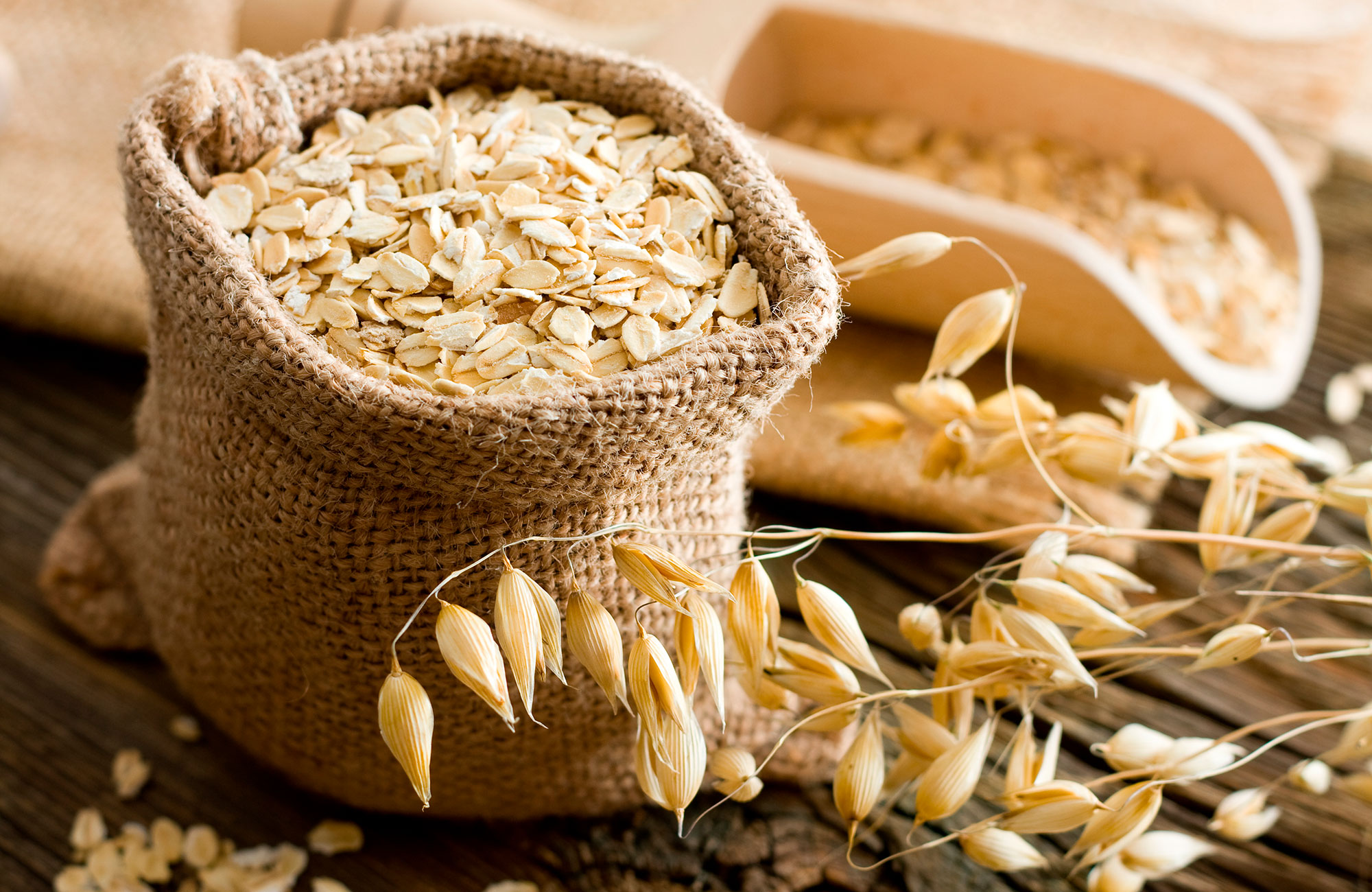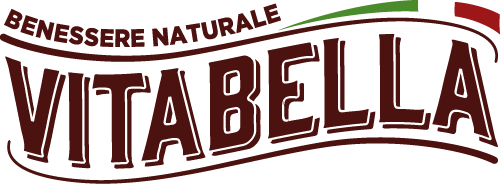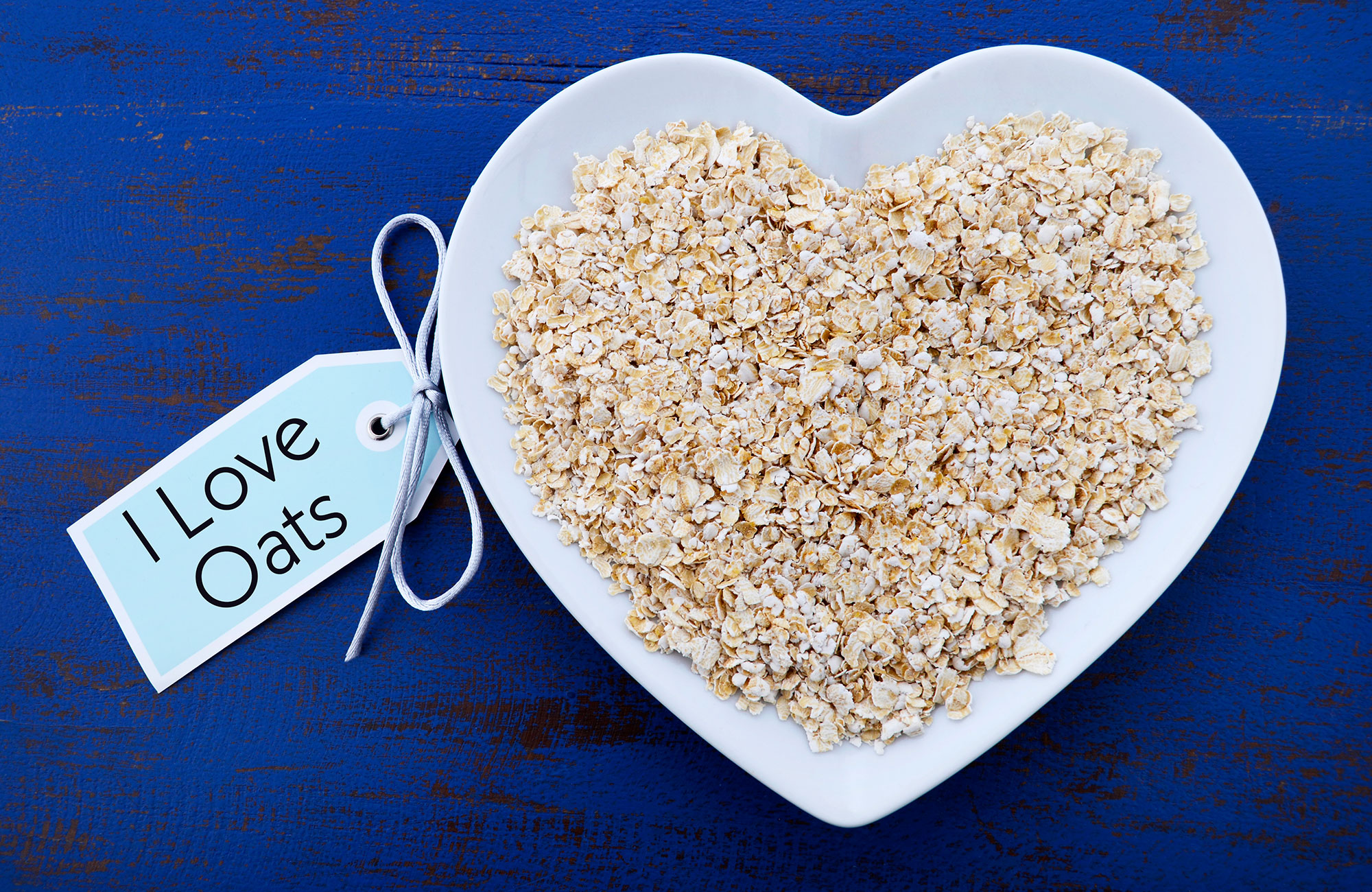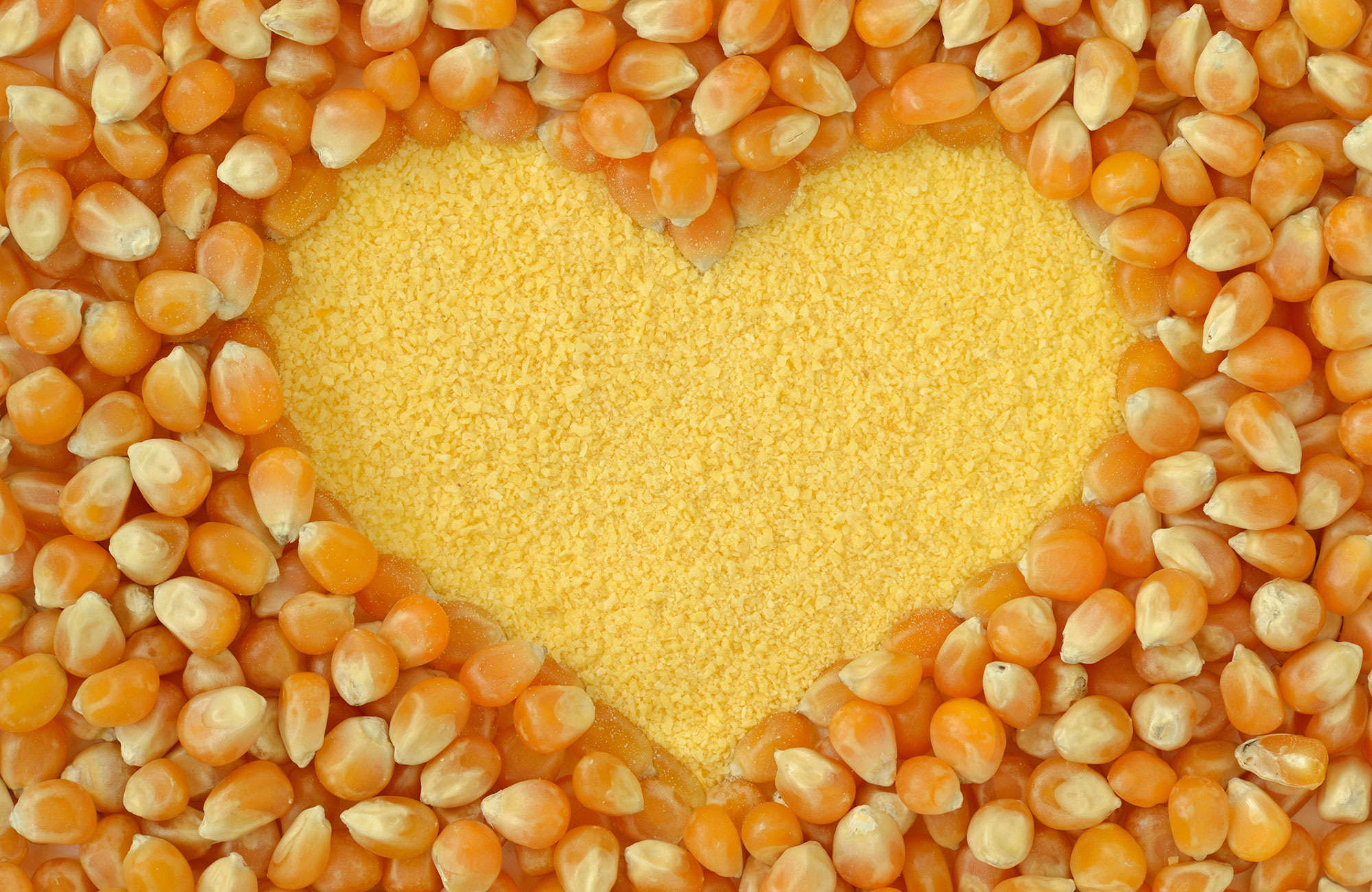Oats: properties and benefits of a naturally gluten-free cereal

Oats (Avena sativa) is a herbaceous plant from which a grain cereal
rich in beneficial properties is obtained. Oats can be enjoyed either
as flakes or in their natural state. We can also make an
excellent vegetable milk from oats. Until a few years ago, oats were mainly
used as animal feed, but now the rediscovery
of their virtues has helped bring them back to our tables.
Properties and benefits of oats
Oats are a source of slow-digesting carbohydrates. They do not cause strong insulin peaks. In this way, they provide our bodies with long-term energy. They are usually well-tolerated even by those suffering from coeliac disease. In fact, according to the Consorzio Marche Biologiche, oats, if not contaminated by other cereals, have almost no toxicity for coeliacs.
Their high content of fibre ensures the proper functioning of our bowels and aids digestion. They also make a valuable contribution to cholesterol reduction. Oats contain special phenolic nitrogen compounds, which are called avenanthramides. These are powerful anti-inflammatories that can protect us from tumours and inhibit the proliferation of cancer cells.
A new all-Italian study, conducted by experts from the Polytechnic University of the Marche and the University of Urbino, has included naturally grown oats among quality organic cereals. Oats are considered an excellent ally against nervous hunger, constipation and coeliac disease.
It is the cereal with the richest source of protein (12.6-14.9%) and essential fatty acids, such as linoleic acid. Its soluble fibre content is important for calming the appetite and normalising body weight. Oatmeal is a nutritious and strengthening food, which is recommended for children and convalescents.
Oats are important for protein synthesis due to their lysine content, which is significantly higher than other cereals. They are beneficial for everyone and help vegetarians and vegans to absorb the essential amino acids needed for protein formation. It should be remembered that lysine, as far as the plant world is concerned, is mainly present in legumes, but is in short supply in cereals (except for oats, which contain more). This is why, in order to provide complete proteins, it is advisable to combine cereals with legumes in recipes, or to consume both foods throughout the day.
One very important recommendation: oats may be poorly tolerated by those with nickel allergies or intolerances. For those suffering from coeliac disease, however, recent studies indicate that oats are a safe cereal if they are not contaminated with wheat, barley or rye proteins during processing. Under these ideal circumstances, oats would not be harmful to the majority of coeliacs (99.4%).
Source: tuttogreen.it
Oats: properties and benefits of a naturally gluten-free cereal
Oats (Avena sativa) is a herbaceous plant from which a grain cereal rich in beneficial properties is obtained. Oats can be enjoyed either as flakes or in their natural state…
Oat beta-glucans: friends of the heart
WHAT ARE BETA-GLUCANS? The term beta-glucans normally refers to a class of indigestible polysaccharides found in foods such as bran, oats, yeast, mushrooms and algae. Primarily located in the cell…
Did you know that polenta lowers cholesterol?
Whether corn or buckwheat, this "poor man's" food typical of northern Italy cleanses the blood, tones the liver and even regenerates the muscles, but only by matching the right ingredients..…




